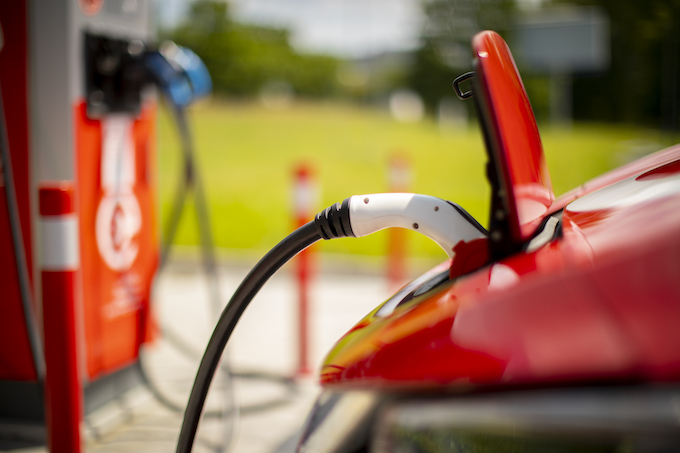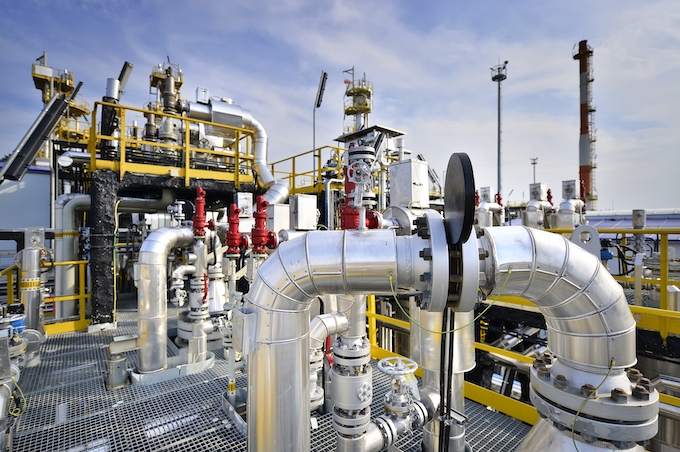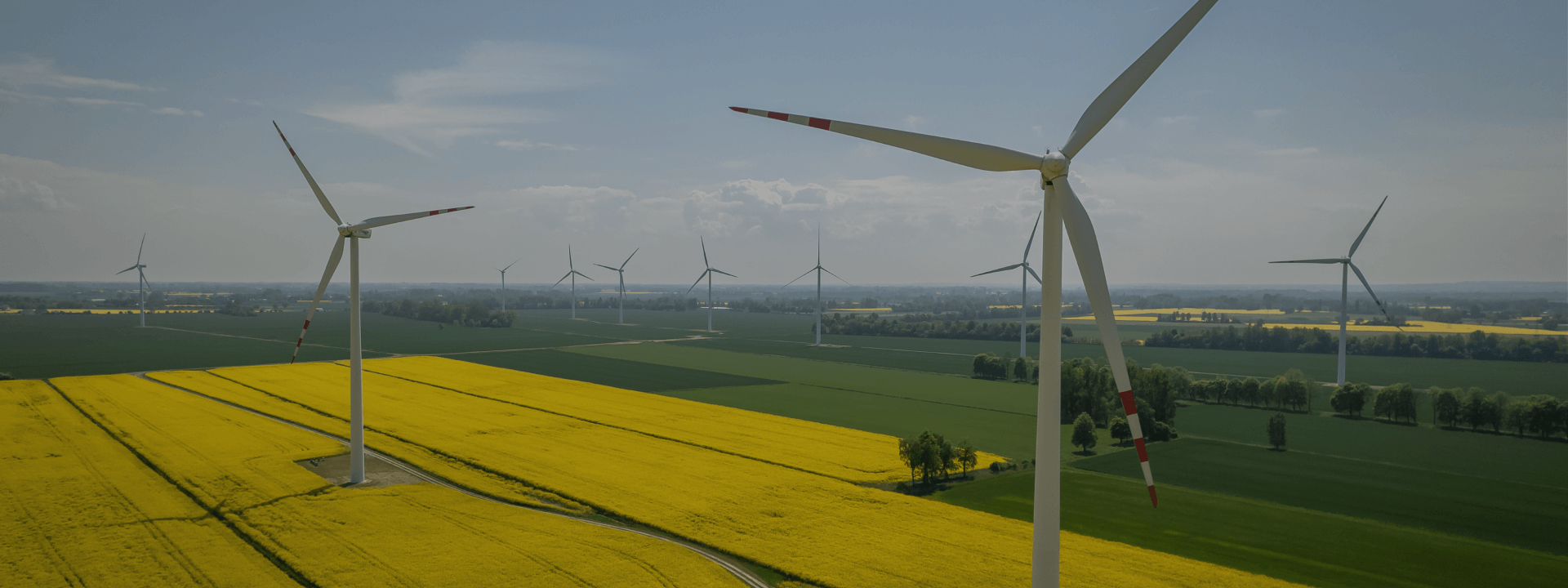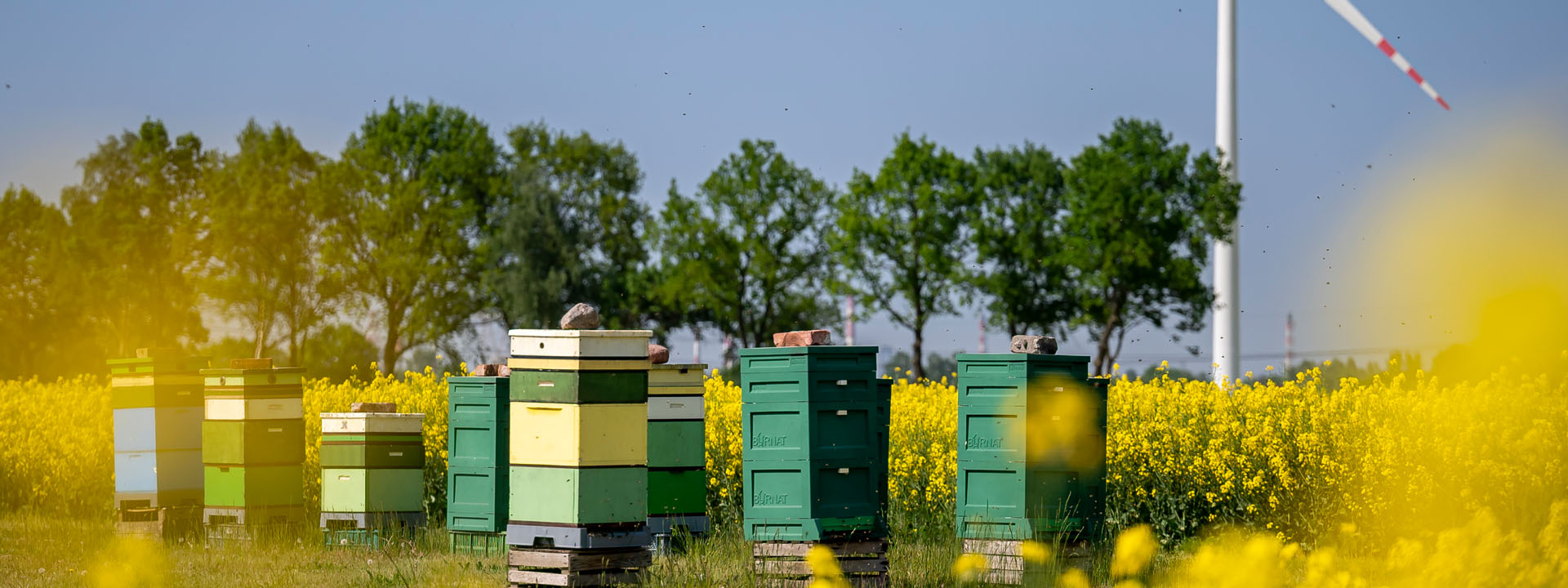Biofuels
The Act on Biocomponents and Liquid Biofuels of August 25th 2006 (as amended) sets out the obligations for the placing on the market of biocomponents and biofuels (NIT), imposed on producers and importers of transport fuels. In the first place, the Act includes a requirement to achieve the National Indicative Target (‘NIT’), i.e. to ensure the required minimum share of biocomponents in the total volume of liquid fuels and biofuels, both sold on the market and used for the operator’s own needs, in a given calendar year. Failure to achieve the NIT is subject to a penalty calculated on the basis of the formula set out in the Act.
The minimum share of biocomponents in a given calendar year is: in the case motor gasolines – 3.2% in 2020–2022, and in the case of diesel oil – 4.95% in 2021; 5% in 2022 and 6.2% in subsequent years. From 2015 onwards, only those biocomponents which meet the criteria of sustainable development set out in the EU and Polish laws may be used to fulfil the NIT obligation.
The NIT for 2021–2024 is as follows (base level): 1) 8.7% for 2021; 2) 8.8% for 2022; 3) 8.9% for 2023; 4) 9.1% for 2024. The Act defines conditions under which NIT may be reduced by applying a reduction factor of 0.82 in 2020–2022, and provides for the option to discharge the NIT obligation by paying an emissions charge calculated on the basis of the formula set out in the Act, subject to the achievement of the base level of the NIT in 80% in 2020−2022 and in 85% in subsequent years. In 2022, the Ministry of Climate and Environment submitted for public consultation a draft act implementing the provisions of Directive (EU) 2018/2001 of the European Parliament and of the Council of 11 December 2018 on the promotion of the use of energy from renewable sources (the RED II Directive), which proposes raising the baseline NIT and introduces a minimum level of NIT implementation.





